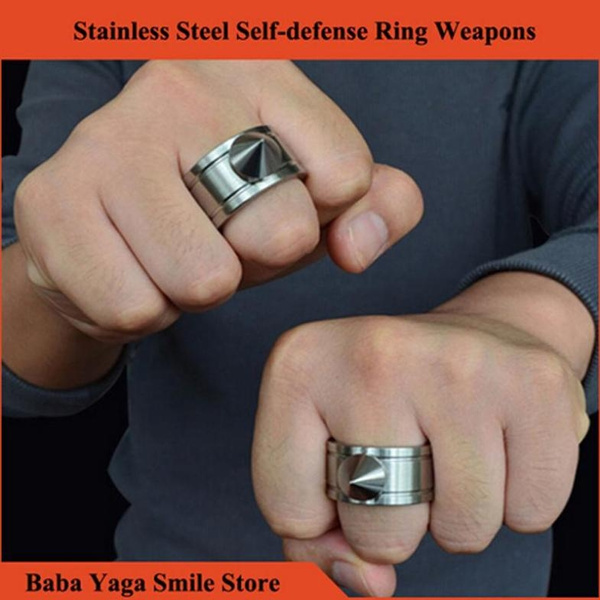
As the standard in eye protection evolves, companies should review and ask distributors for new markings on PPE. They should also be aware of the updated 2010 ANSI/ISEA Z87.1 standard in eye and face protection.
Safety culture
To ensure employees' safety and health, it is crucial to have an organizational safety culture. It protects employees, saves money and keeps companies out of trouble. Employers pay almost $1 billion each week in workers' compensation costs. An unacceptable injury rate in this day and age is unacceptable. Therefore, organizations should create a culture of safety that encourages employees to wear protective gear and follow safety regulations.
Regular training sessions for employees are a great way to create a safety culture. You can also document the sessions. Not only does this encourage a culture of safety, but it also sends the message that the organization takes safety seriously.
ANSI Z87.1 standard
If you are in the construction industry, you should know that OSHA is currently inviting comments from the public regarding proposed revisions to the construction standard for eye and face protection. These revisions will allow companies to meet the ANSI Z87.1 standards regarding protective eyewear.

The 2010 version ANSI Z87.1 contains new requirements. The new requirements cover the material, design and construction of protective glasses and face shields. For example, the 2010 version requires the protection to be free from defects. The drop ball test for impact is also added. This test is no longer model-dependent, and can be applied to all models. Finally, it replaces flammability testing with an ignition-based test.
Common hazards
Serious eye injuries can result when you work in dangerous environments. No matter what type of environment you work in, it is important to have proper eye protection. Personal protective devices protect the eyes and face of workers. They can help reduce exposure to acceptable levels. This information will allow you to identify potential hazards, and help you choose appropriate eye and facial protection for your workplace.
According to occupational health experts, 90% of eye injury can be avoided. Many professions require eye safety. You can help your employees avoid injury by making sure they have the right equipment. Every job is different, so make sure you are following OSHA standards. Consider, for example, how you protect employees working with chemicals.
Requirements
Employees must use proper eye protection to prevent workplace accidents. American National Standards Institute (ANSI) has established the standards for protective eyewear. The institute, a non-profit organisation that tests and creates safety equipment guidelines, is independent. American National Standards Institute has published Z87.1, a standard that covers safety glasses and other eyewear.
The standard requires employees to use eye and facial protection when working in dangerous environments. The standard requires employers to provide adequate eye and face protection for nearby employees. Employees may be protected from danger by using screens or shields. Even though these measures may not protect employees, employers need to ensure that employees have adequate eye protection in order to avoid any accidents.

Inadequate Protection
OSHA's eye protection standards may not be being met if you work in the manufacturing or construction industry. You must protect your eyes against flying debris, molten metallic, acids, caustic fluids, vapors, light and noise. There are severe penalties for not complying with these regulations. There are many resources to assist you in meeting your legal obligations.
A major reason for workplace eye injuries is inadequate eye protection. Nearly 2,000 Americans experience avoidable eye injuries every year. The majority of them are caused by workers who don't use eyewear properly or wearing the wrong type. Employers should be worried about this as most of these incidents can easily be prevented with the right PPE.
FAQ
What does it cost to sign up for a course in self-defense?
There are many self-defense courses available. It depends on whether you go in person or online.
Some schools charge only $50 per month, while others can charge up to $200.
Local community centers are a great option if you are looking for an affordable alternative. These places often offer free self-defense classes.
What are some self defense tips for women?
You must be able to quickly react to threats when practicing self-defense. You need to be ready for any situation.
One of the best things you can do is to train with a friend. You can practice together and work together on your technique with a partner.
Another tip is that you should practice with something heavier. If you are being attacked, you will be more likely hit hard by your attacker if you are holding something heavier.
Is it possible to give stun guns to children?
It depends on the age of the child.
Below 18:
18 and older:
You must make sure that minors understand the risks of having a stun gun.
It should be used only under the supervision of an adult.
Can I carry a stun gun legally?
Yes. However, you will need to obtain a permit from your state.
A permit application must be completed and paid.
After you have received your permit, keep it in plain sight (like your wallet).
You will need to repeat the process if your permit is lost.
Statistics
- Saying this, Self defense 101 would be the importance of situational awareness, which can never be replaced by the finest of martial arts, because it is this that would help you to avoid any likely attacks in the first place. (worldofselfdefense.com)
- Boxers aren't allowed to fight in a clinch, which is a position that occurs in 80% of the streetfights. (mmaclan.com)
- Some people walk into a gym thinking they are going to become the best by training whenever they like and not putting 100% effort in. (budodragon.com)
- The Rape, Abuse & Incest National Network reports that 70 percent of sexual violence cases aren't committed by random strangers in a dark alley but by people we know: friends, family, partners, co-workers, etc. (healthline.com)
External Links
How To
How to use pepper spray in self-defense
To make sure that you don’t accidentally spray pepper spray in your face, gloves are the best option. It will prevent accidental discharge.
When using pepper spray, the second thing you should do is aim at your eyes. These are the most sensitive areas of the body. If the spray comes in contact with them, it can cause serious damage. Because it won't burn as much, you should aim toward your nose.
When spraying pepper spray, it is important to keep the canister in your hands. Because if the canister falls, it could burst open and spray everywhere. The trigger should be pressed slowly when you are ready to fire. You must keep the trigger down throughout the entire process. Otherwise, pepper spray will not work.
Pepper spray is most effective if it is directly applied to the eye. If you are unable to reach the eyes, spray the pepper spray on the nose.
Once pepper spray is applied, the attacker will feel extremely uncomfortable. He/she might feel nauseated, dizzy, or even dizzy. He/she will likely experience intense itching/burning sensations.
Once the attacker is dead, get away quickly. Don't let him/her get near you again. Notify the police immediately.